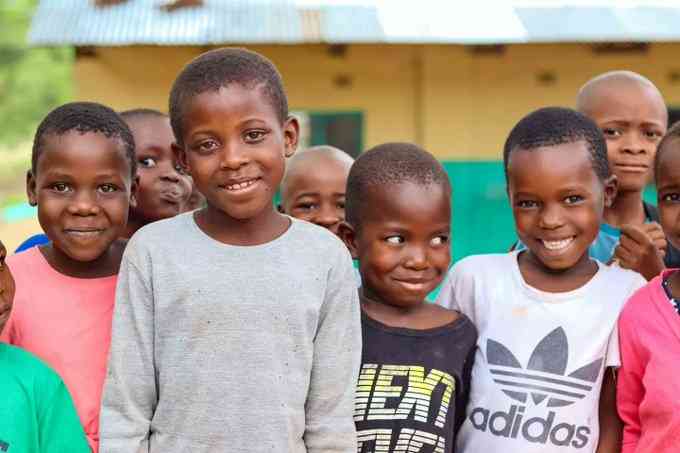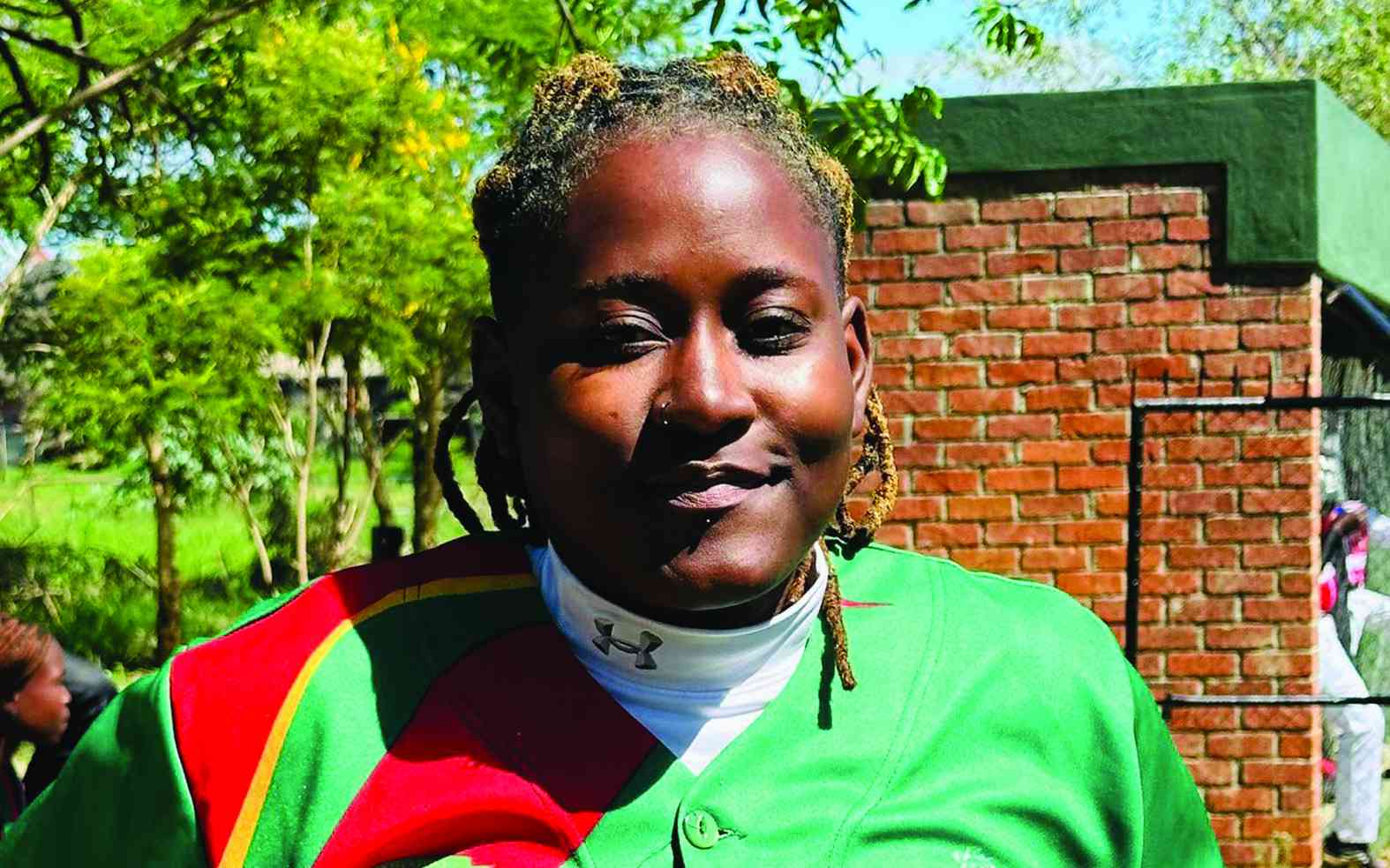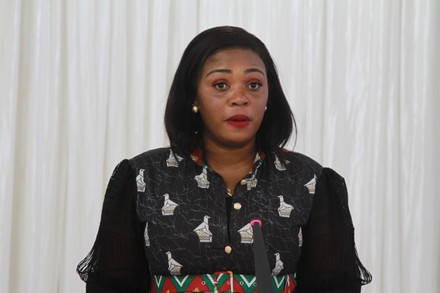
ZIMBABWE requires approximately US$36 million to assist half of the country’s 15 million people affected by the El Niño-induced drought to address food and nutrition crises, floods and public health emergencies, the United Nations Children’s Fund (Unicef) has said.
In its report titled Humanitarian Action for Children 2025, the UN agency issued an appeal to raise US$36,5 million to assist 38 high-priority districts in Zimbabwe this year.
According to the UN agency, the funds are expected to address the needs of children and families in the areas of health, nutrition, water, sanitation and hygiene education, child protection and social protection.
“Unicef is seeking US$36,5 million to address the humanitarian needs of 1,6 million people impacted by the El Niño-induced drought in 38 high-priority districts in Zimbabwe. The drought has caused water scarcity and a nutrition crisis,” the agency said.
“The appeal also considers cyclical public health emergencies and the forecasted La Niña conditions that could result in flooding in the first quarter of 2025, increasing the risk of water source contamination and potentially triggering another cholera outbreak, given the inadequate water, sanitation and hygiene services in the country.”
Unicef also reported that more than seven million people, including 3,5 million children, have been affected by the drought.
“Drought is impacting an estimated 7,6 million people, with 3,5 million being children. Of these 7,6 million people, 9,5% have disabilities, 5,9 million reside in rural areas, and 1,7 million are in urban areas,” the report stated.
“The most severe impacts of the drought are expected to be felt during the peak hunger period from January to March 2025 as conditions are projected to worsen in early 2025.
- More action needed to stem child marriages
- Child marriage: A heavy cost for young girls in Africa
- Feature: Cyclone Idai victims struggling with mental health challenges
- Child marriage comes with a heavy cost
Keep Reading
“This will affect 38 districts, including Beitbridge, Buhera, Chimanimani, Chipinge, Harare, Hwange, Kariba and Tsholotsho.”
The report further indicated that the funding appeal had increased significantly, from US$26,8 million in 2024 to US$36,5 million in 2025, primarily due to the El Niño-induced drought and ongoing public health emergencies.
“The funding requirements for the Zimbabwe appeal have risen from US$26,8 million in 2024 to US$36,5 million in 2025, largely attributed to the impacts of the El Niño-induced drought and the heightened risks associated with recurring public health emergencies,” Unicef said.
“The worsening impacts of the drought in the first quarter of 2025 are expected to lead to increased sexual and gender-based violence and exploitation of children.
“Water scarcity has resulted in moderate to life-threatening severe wasting among children, along with disease outbreaks.
“Food insecurity is likely to deepen poverty, vulnerability and the risk of school dropout, as well as increase incidents of diarrhoeal and other water-related diseases.”
Unicef warned that the ongoing impacts of the drought were also expected to undermine households’ coping mechanisms, leading to heightened water insecurity and worsening nutrition among children in early 2025.
“Needs are high for safe water sources, with 11% of water points countrywide currently broken down and 4% of identified water sources dried up, primarily in Masvingo, Matabeleland South, and Midlands provinces, which are among the areas most affected by El Niño,” the global agency said.
“As the drought intensifies, its cumulative effects will overwhelm households’ coping mechanisms in the first quarter of 2025, leading to a peak in water insecurity and worsening nutritional status among children.”











